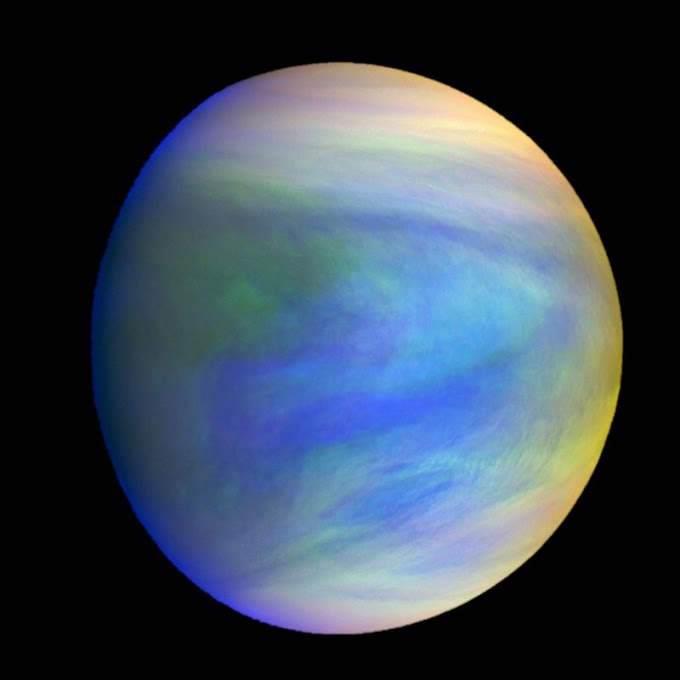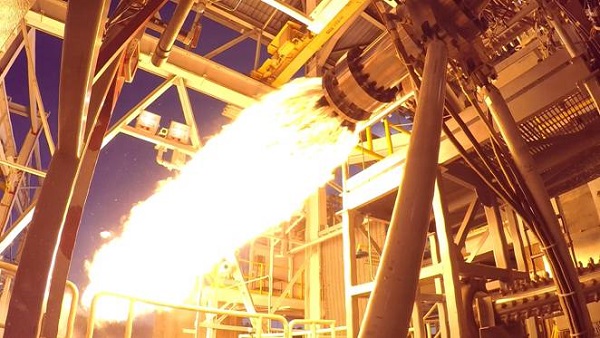 |
| GSLV MkIII, Credit: ISRO |
Everything in this world is governed by a mathematical formula. From the smallest of the metabolism happening in our cells to the largest of the stars out in the cosmos, everything is bound by some law - some we know, some we are yet to find out. The same goes for humankind's favorite piece of machinery too - The Rocket.
The equation which all rocket scientists know by heart and aspiring rocket scientists and enthusiasts are forever indebted is a simple mathematical formulation derived by a Russian math teacher in 1903. Even though the equation has been derived independently by many early rocket pioneers like Robert Goddard and Herman Oberth, it is credited to Konstantin Tsiolkovsky, the Russian math teacher we talked about.
What makes this equation very special from other equations which we use for moving bodies is that the mass of the rocket after launch reduces considerably. In fact, for a solid rocket, more than 90% of its weight would be the propellant which would burn up to produce thrust. The exhaust gases which travels out of the nozzle is what gives the rocket it 'Thrust'.
So, for a system with mass continuously changing, we cannot apply simple Newton's Second law
i.e., Force(Thrust) = mass * acceleration
In a rocket, we cannot consider mass to be a constant and hence there is a need for an equation which takes into account the rate of change of mass. Tsiolkovsky saw this and devised the equation, which now has helped humanity to send people to Moon and probes to outer space.Now we'll see how to derive this simple equation. All you need is some elementary knowledge in physics and curiosity!
THE DERIVATION
Keep this picture in mind. Everything we are going to do is based on the above picture. So, at the start of time, t = 0, the rocket is moving with a velocity 'v' . The mass of the rocket is 'm', but do note that this mass 'm' do not include 'Δm'.
Hence, the initial momentum of the rocket is given as Momentum(initial) = total mass of the system * Velocity
= (m + Δm) * V
After some time Δt, the rocket has moved by some distance. During this procedure, the rocket expelled 'Δm' amount of exhaust gases at a velocity Ve . velocity of the exhaust gases is actually velocity of the gases as viewed by an observer on the ground i.e., the frame of reference is ground. At the same time, due to the expulsion of gases, the rocket has gained a velocity of ΔV.
At t = Δt, the momentum of the rocket is given as Momentum(final) = Momentum of rocket + momentum of the exhaust gases
= m*(V + ΔV) + Δm*Ve
We now need to convert the Velocity(Ve) term to rocket's frame of reference. It can be easily put as
Ve = V - ve
Taking the difference of momentum, Momentum(final) - Momentum(initial) :
= mΔV - ve Δm
The net force on the rocket is the time derivative of the difference in momentum. You might have noticed that the sign for the second term has changed. This is because, when Δm changes to dm , the sign changes since a positive Δm creates a decrease in the mass of the system.
So, in a rocket, other than the force due to the exhaust gases - the thrust, there are some other forces acting on it too, like the weight of the rocket pulling it towards earth, and more importantly, the aerodynamics forces. Since it is complex to determine the aerodynamic forces(while it is in atmopshere), for the sake of simplicity we will just assume that no external force is acting on the rocket. However, this case is not entirely fictional. In the vacuum of space, this is the exact scenario faced by the rocket.
So, external forces = 0 , i.e.,
Integrating the above differential equation,
we get the equation,
And that is the rocket equation!












4 Comments
Amazing information regarding Rocket equation
ReplyDeleteGood
ReplyDeleteGive more details sir like case studies and research paper reviews it will be helpful for us
ReplyDeletewill do in future articles!
Delete